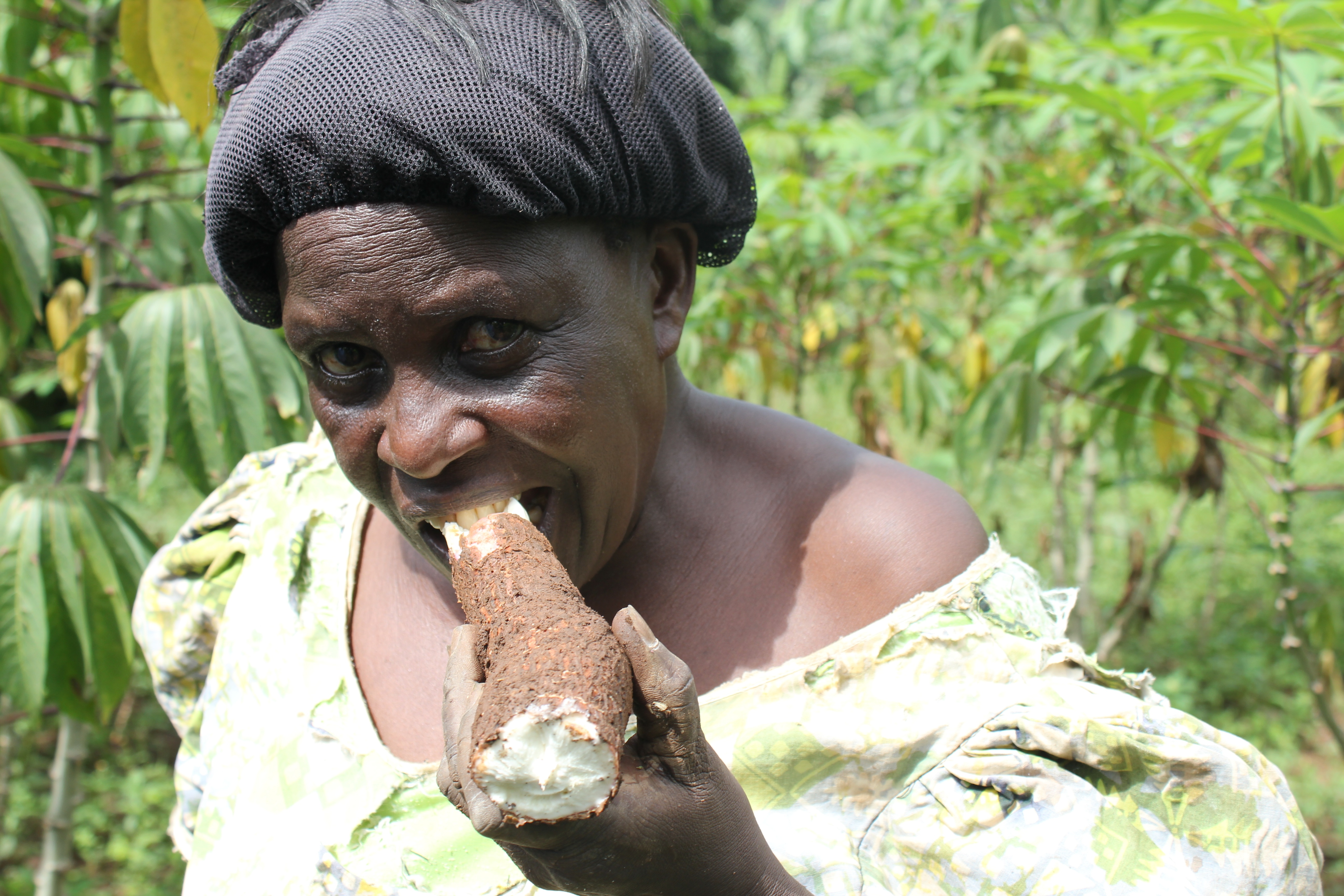
For years, proponents of genetic engineering have said that gene-splicing technology can help the world’s poorest farmers – making their crops more nutritious, or more productive, or protecting them against drought and pests and diseases.
But they haven’t had much to show for those claims. Even in developing countries, most of the land area planted in GMOs is devoted to commercial crops on industrial farms. Opponents of GMOs have included that fact among their many arguments against transgenics.
Today, though, there are dozens of genetically engineered crops in the pipeline that are specifically aimed at small-scale farmers in poor countries. In many cases, they are being developed by public sector scientists who plan to make them available at little or no cost.
In this story, we travel to Uganda to meet researchers working on a genetically engineered cassava variety that resists two devastating viral diseases. The scientists say it’s the best hope for saving a critically important food security crop.
But critics question whether the new variety is really necessary and suggest that the real goal is to break down resistance to GMOs on a continent that has been wary of the technology. Are GMOs a boon for Africa, or are they a Trojan Horse?